5 features we want from the next version of Android Wear
Android Wear is a great OS, but it could still get better
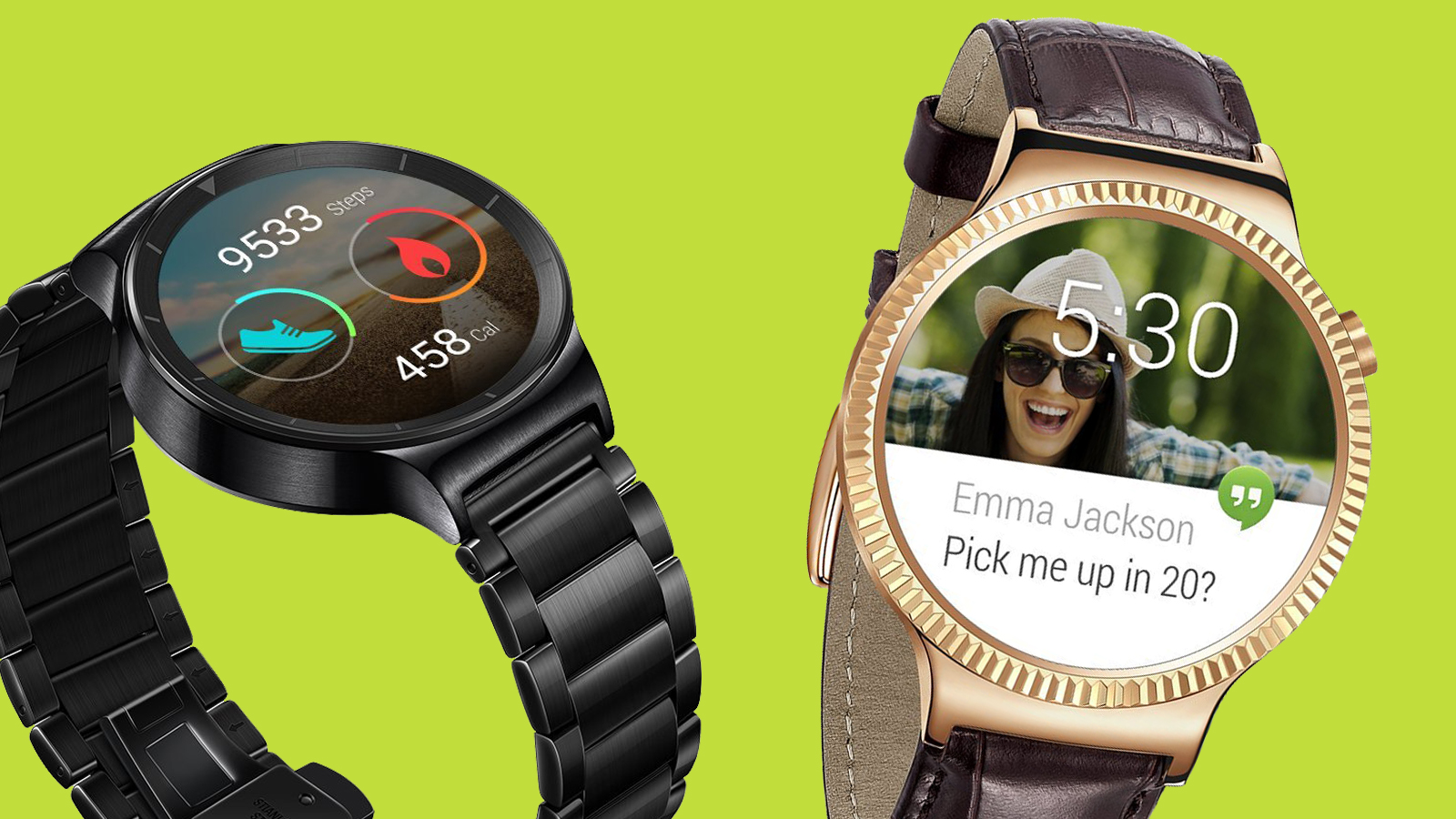
Introduction
The Apple Watch may have taken the world by storm over the past year, but Apple's Watch OS isn't the only wearable operating system on the market.
The Android users among us instead have Android Wear,a very competent operating system on its own. It offers users a way to stay connected with both Google and with their own digital lives, which can end up helping users stay focused on other, perhaps more important things in life. Not to mention the fact that Android Wear devices are compatible with a wide range of smartphones.
The operating system could, however, use a few improvements. Here are the top five upgrades we want to see in future versions of Android Wear.
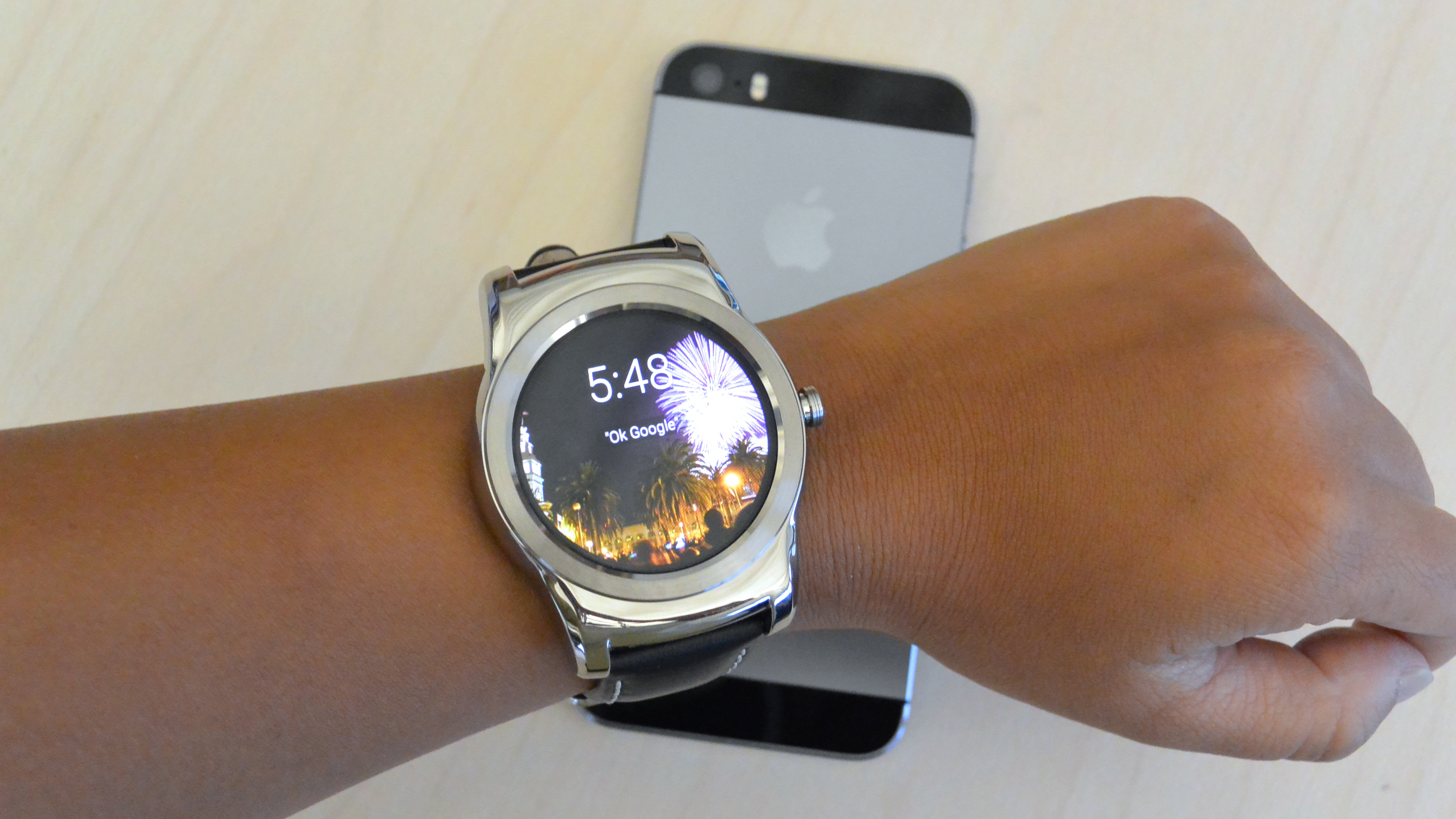
Break free of smartphones
There are currently a number of features that don't work without a connected smartphone or at least a connection to Wi-Fi when using Android Wear.
Of course, much of the standalone experience is up to device manufacturers themselves. For example, if a smartwatch doesn't have a GPS radar, then it doesn't make sense to expect better standalone mapping features from Android Wear.
Google Maps could offer better offline modes, allowing users to save maps on their devices temporarily for use when not connected to a smartphone. A lot of the standalone experience, in fact, could revolve around saving data offline and/or saving data to be uploaded when the device finally is connected to the internet.
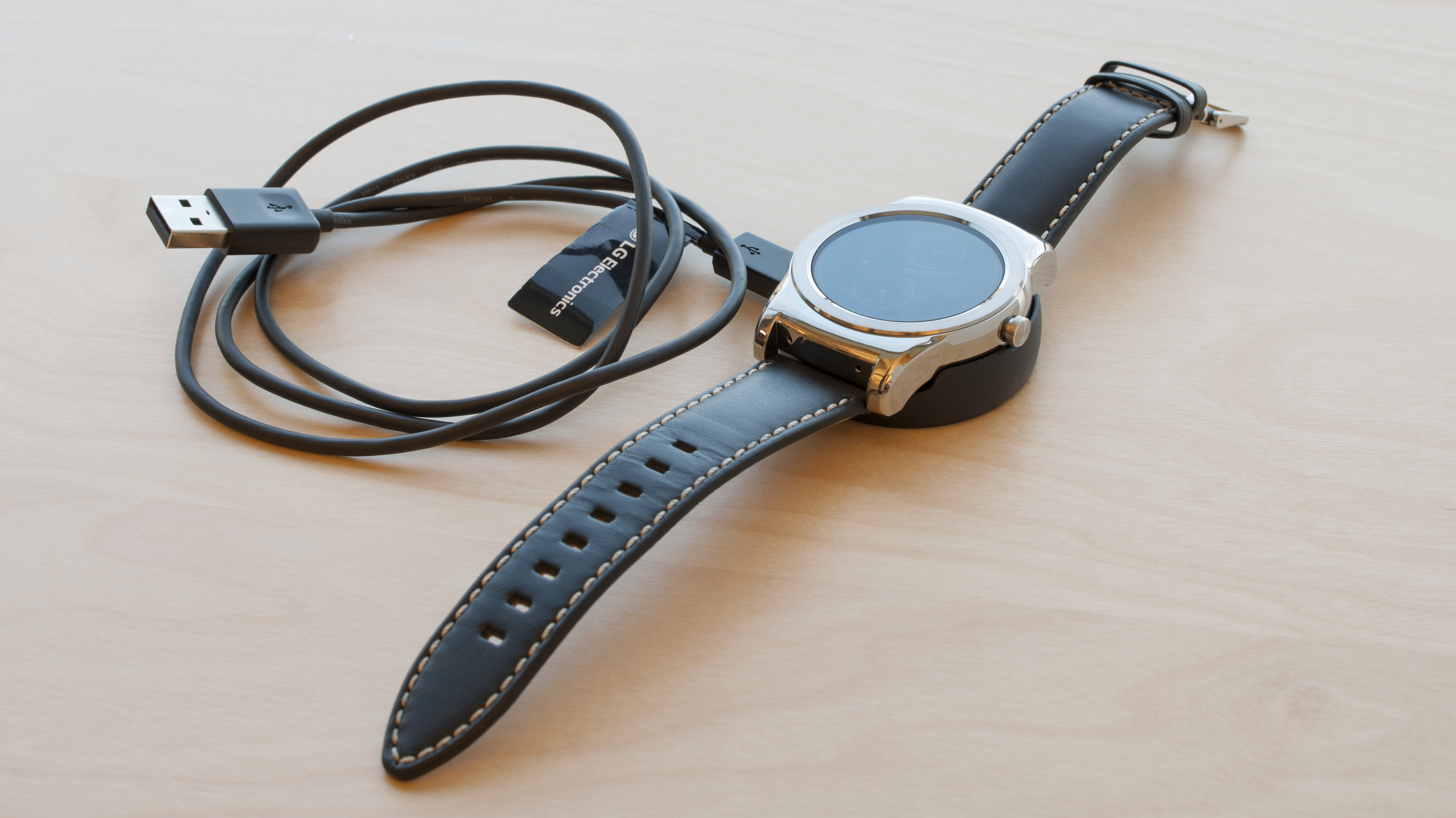
Last longer
One of the biggest issues plaguing smartwatches across the board is battery life. Google offers a number of tips on saving battery life on Android Wear devices, however those features are largely manual, such as telling users to exit or uninstall apps on their device if those apps take up a lot of power.
Instead, it would be nice to see a similar battery saving mode as that offered on Android for smartphones. For example, the feature could be set to automatically close any power-hungry apps on Android Wear as well as limit things like screen brightness and notifications. While battery tech is likely to get far better as time goes on, in the meantime software tweaks such as this could be critical in offering users the longest-lasting Android Wear experience possible.
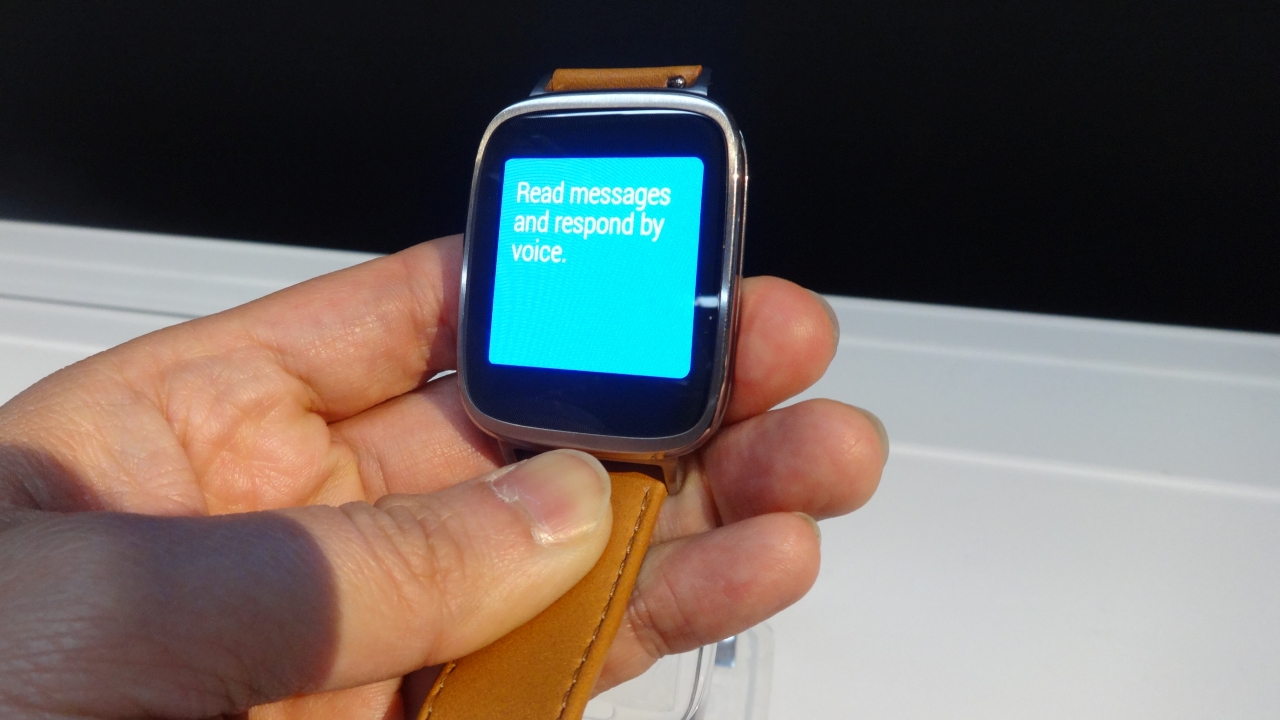
Use your voice
Using a smartwatch via its touch display is tedious and frustrating, making it important that device manufacturers and software developers to offer better ways for users to control their smartwatches. Until we have better gesture-based controls or other ways to control our devices, users will need to rely on voice control.
Make no mistake: Google's voice control offerings are among the best, however they aren't what is needed for a seamless smartwatch experience just yet.
It's a big step forward that app developers are able to build their own voice commands into their apps, but core voice commands still need to be worked on, which is Google's job. It would be nice if eventually we could completely control an Android Wear watch using only our voices.
A few neat voice command tricks: the ability to change the watch face using voice commands and the ability to make the display brighter or duller.
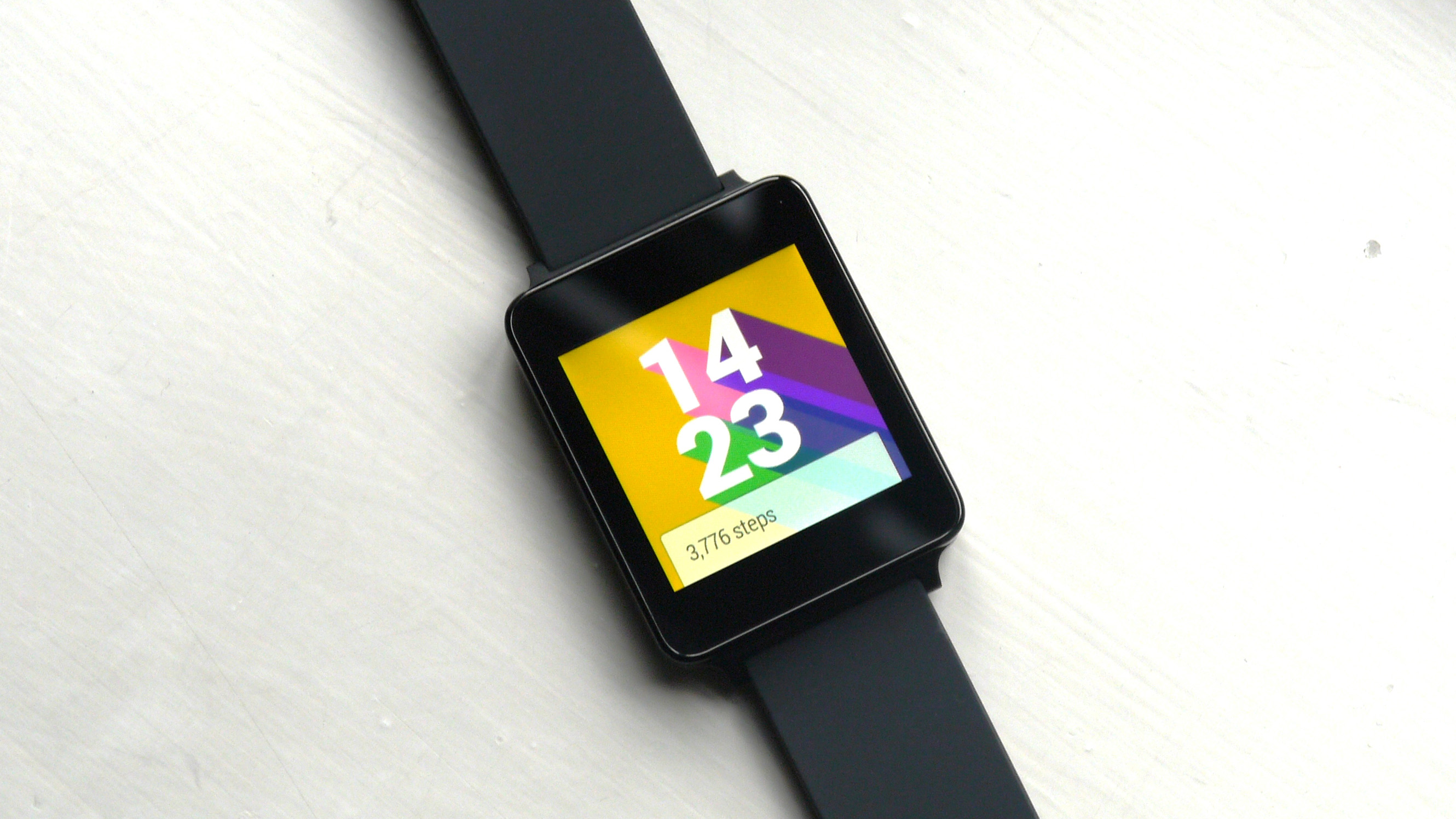
Gesture, but don't touch
As mentioned before, gesture commands could soon be an important part of how we interact with our wearable devices, and there are a number of ways those could be implemented into Android Wear. Most smartwatches, for example, have an accelerometer built-in which basic gesture-based controls can take advantage of.
Of course, many smartwatches already use the accelerometer in a basic manner, likewhen a user turns their wrist to look at the device. When this happens on many Android Wear devices,the display will switch on so the clock displaying the time greets users by the time the watch is facing them. Android Wear also allows users to switch to the next on-screen card by flicking their wrist.
These just scratch the surface of gesture controls, however. Users have five fingers and a whole hand just itching to swipe and press without ever touching their watch's display. Perhaps including an infrared sensor or basic camera to detect the motion of fingers and hands could help Google offer more advanced gesture-based controls.
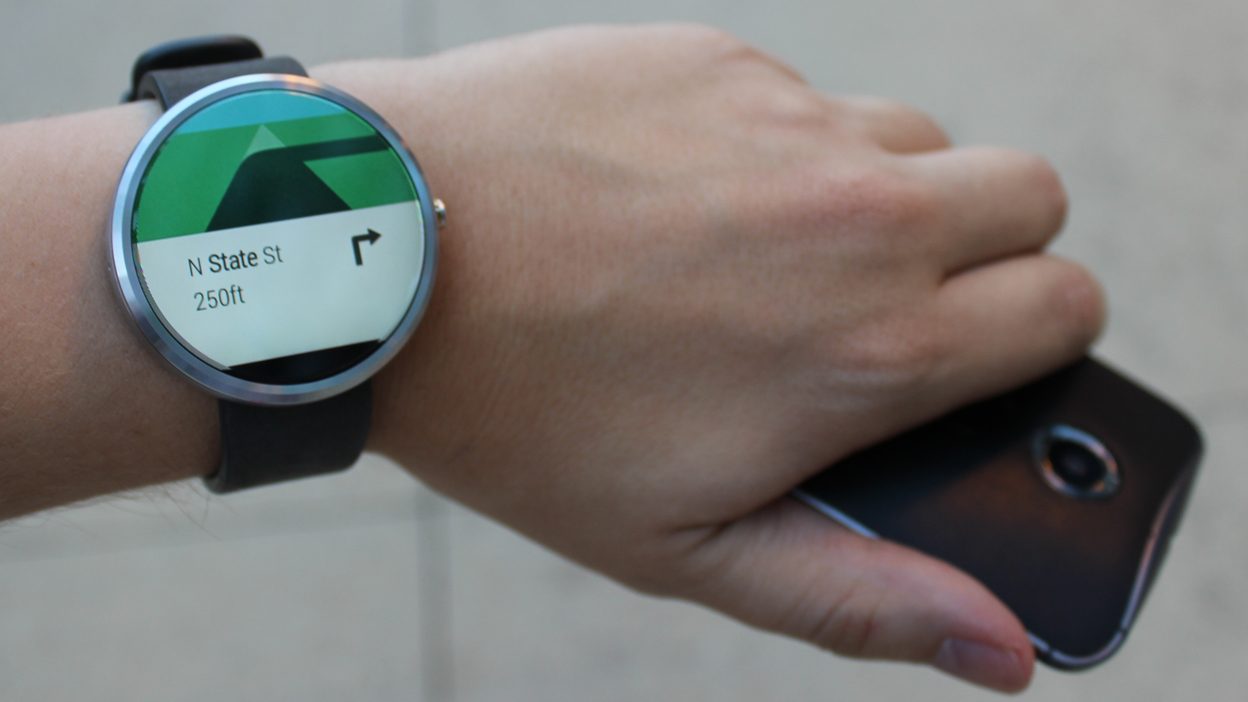
Find a workaround for round displays
It's no secret that Android Wear isn't exactly consistent when it comes to round display designs. Cards are often cut off or obscured in some way at the edge of the screen, as is the case with the Motorola Moto 360. This is especially problematic because of the rising popularity of round smartwatches, such as the LG Watch Urbane or the Huawei Watch.
As round smartwatches take over the market, it's important Google increase its support for these devices. it would be great for the company to retroactively update devices that might be having issues with Android Wear on a round display while coming up with a solution so cut-off cards don't plague newer models, too.
Christian is a writer who's covered technology for many years, for sites including Tom's Guide, Android Central, iMore, CNN, Business Insider and BGR, as well as TechRadar.